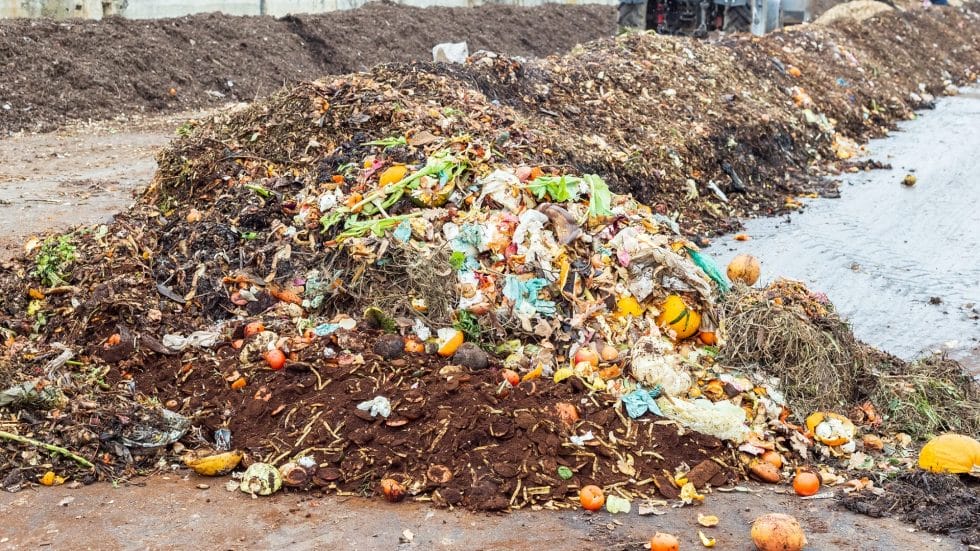Organic amendments, such as compost and bio-fertilizers, enhance the sensory qualities of produce by improving soil health, nutrient availability, and plant resilience. Çakmakçı and Çakmakçı (2023) highlight that organic amendments contribute to higher levels of bioactive compounds, such as flavonoids and phenolics, in fruits and vegetables. These compounds are linked to enhanced taste, color, and aroma, which improve consumer appeal. Specifically, organic amendments are noted to increase vitamin C and antioxidant activity in crops, which contributes to fresher flavors and more vibrant colors, especially in berries and leafy greens (Çakmakçı & Çakmakçı, 2023).
Organic farming practices relying on these amendments avoid synthetic fertilizers, leading to more balanced nutrient uptake and the production of compounds that enhance sweetness, acidity, and overall flavor. Rahman et al. (2021) found that organically amended soils promote the production of sugars and organic acids, which are critical for developing desirable flavors in fruits like apples and tomatoes. These amendments also increase mineral content, resulting in more complex and satisfying taste profiles (Rahman et al., 2021).
Hoque et al. (2022) emphasize that amendments like vermicompost and biochar enhance the sensory quality of produce by supporting soil microbial diversity and nutrient cycling. Improved soil health translates to higher dry matter content and sugar concentration in produce, essential for achieving sweeter, richer flavors and enhanced texture. The improved nutrient balance from organic amendments encourages the development of antioxidants and other secondary metabolites, which contribute to deeper flavors and vibrant colors in vegetables and fruits (Hoque et al., 2022).
Organic amendments positively impact the sensory qualities of produce by fostering higher nutrient density, which enhances flavor, aroma, and color. This makes organic amendments valuable not only for sustainable agriculture but also for improving the gastronomic quality of fresh produce.
References
Çakmakçı, S., & Çakmakçı, R. (2023). Quality and nutritional parameters of food in agri-food production systems. Foods, 12(2), 351. https://doi.org/10.3390/foods12020351
Hoque, M. N., Imran, S., Hannan, A., Paul, N. C., Mahamud, M. A., Chakrobortty, J., Sarker, P., Irin, I. J., Brestic, M., & Rhaman, M. S. (2022). Organic amendments for mitigation of salinity stress in plants: A review. Life, 12(10), 1632. https://doi.org/10.3390/life12101632
Rahman, S. M. E., Mele, M. A., Lee, Y. T., & Islam, M. Z. (2021). Consumer preference, quality, and safety of organic and conventional fresh fruits, vegetables, and cereals. Foods, 10(1), 105. https://doi.org/10.3390/foods10010105

